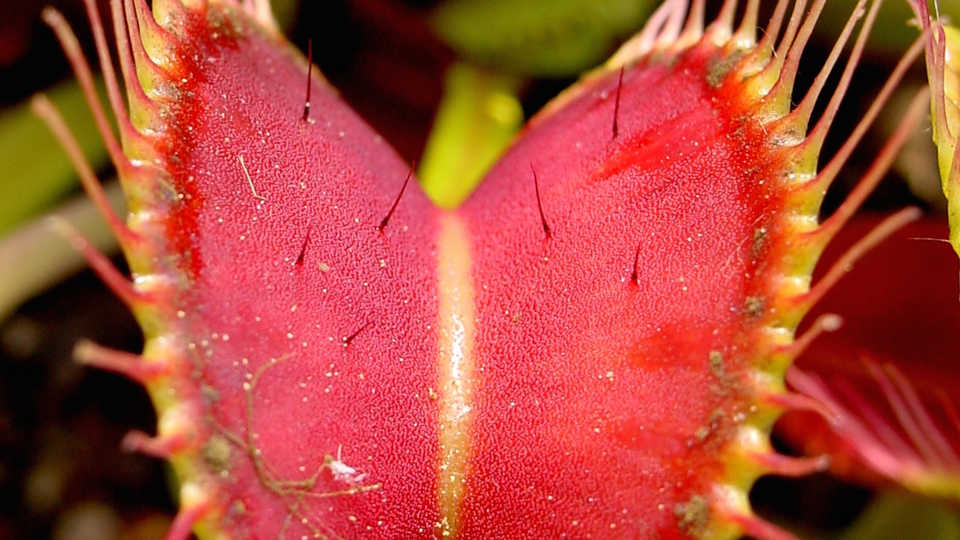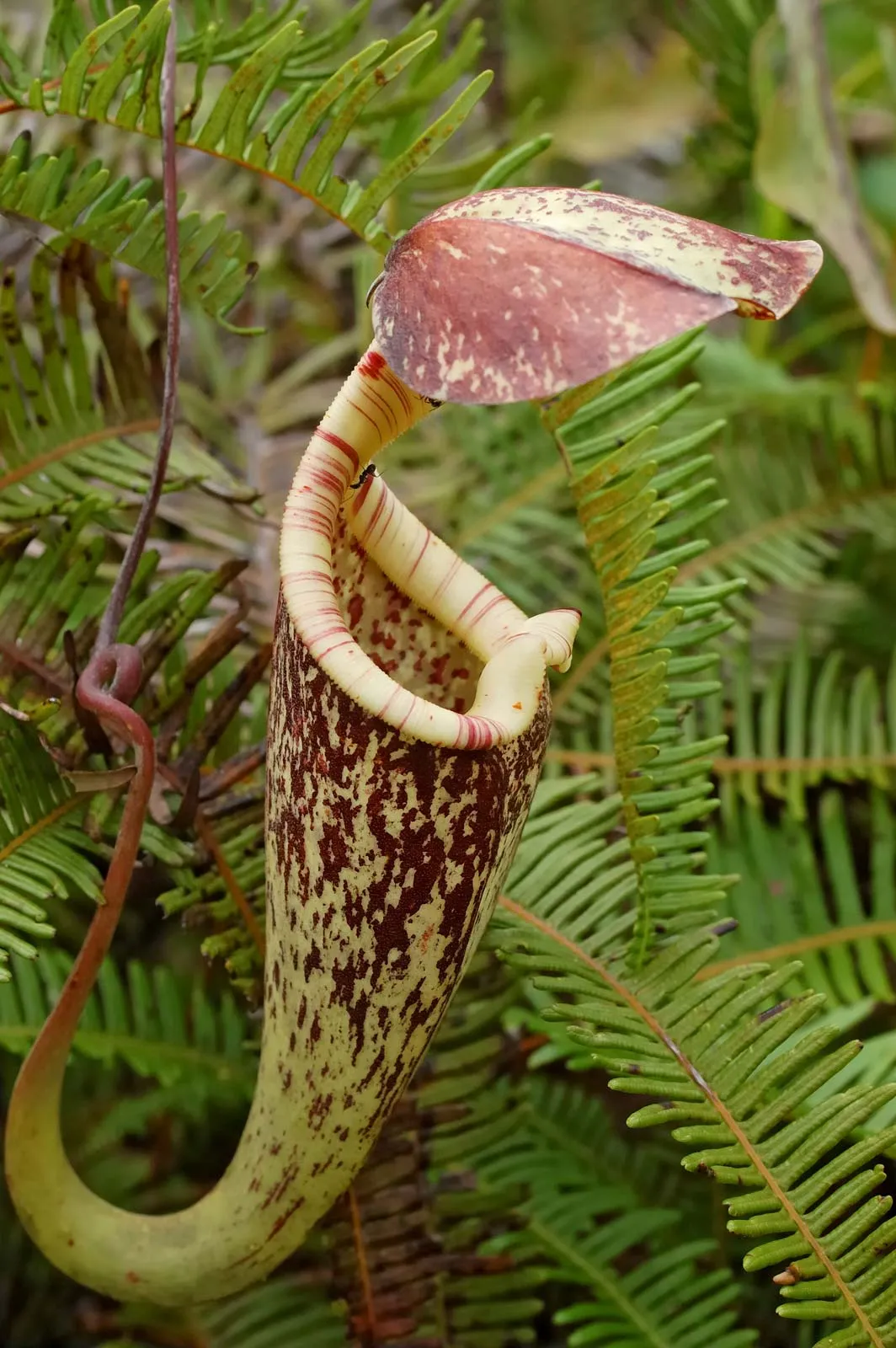Among the most extraordinary species in the plant kingdom is the Pitcher Plant a true wonder of evolution. Unlike ordinary plants that rely solely on sunlight and soil nutrients, pitcher plants are carnivorous, feeding on insects and small creatures to survive in nutrient-poor environments. Found in tropical rainforests and bogs around the world, these plants combine beauty, mystery, and predatory instinct in a single, elegant form.
What Is a Pitcher Plant?
A Pitcher Plant is a type of carnivorous plant that traps and digests insects using modified leaves shaped like a deep, fluid-filled pitcher. These pitchers attract prey with their vibrant colors, sweet nectar, and sometimes even pleasant scents only to trap them in a slippery interior from which escape is almost impossible.
There are several genera of pitcher plants, including:
- Nepenthes – Tropical pitcher plants (found in Southeast Asia)
- Sarracenia – North American pitcher plants
- Heliamphora – South American or “sun pitcher” plants
- Cephalotus – The Australian pitcher plant
Each species has evolved its own design, but all share one goal: capturing prey for survival.
How Does a Pitcher Plant Catch Its Prey?
The trapping mechanism of a pitcher plant is a masterpiece of natural engineering. Here’s how it works:
- Attraction – The rim and lid of the pitcher produce nectar that lures insects.
- Trap – Once the insect lands, the slick, waxy surface causes it to slip and fall inside.
- Digestion – The insect drowns in digestive fluids at the bottom of the pitcher.
- Absorption – The plant releases enzymes that break down the prey’s body, absorbing nutrients like nitrogen and phosphorus.
This process allows the plant to thrive in nutrient-poor soils where other plants struggle.

Where Do Pitcher Plants Grow?
Pitcher plants are found across Asia, Australia, North America, and South America, thriving in humid, nutrient-deficient environments such as:
- Rainforests of Borneo and Sumatra (home to giant Nepenthes species)
- Boggy wetlands of the southeastern United States (Sarracenia species)
- Highlands of Venezuela and Guyana (Heliamphora species)
Some species even grow on mountain slopes where mist provides enough moisture.
Amazing Species of Pitcher Plants
Nepenthes rajah — The Giant Pitcher Plant
Native to Borneo, this species produces pitchers large enough to trap not only insects but also frogs, lizards, and small rodents.
Sarracenia purpurea — The Purple Pitcher Plant
Common in North America, it has deep purple hues and survives in cold, boggy habitats.
Cephalotus follicularis — The Albany Pitcher Plant
A rare species from southwestern Australia, known for its miniature, beautifully patterned pitchers.
Ecological Importance of Pitcher Plants
While they are predatory, pitcher plants play a vital role in their ecosystems. They help control insect populations and provide microhabitats for certain species of insects, spiders, and even frogs that live inside their pitchers.
Their presence also indicates a healthy wetland ecosystem, making them key indicators for environmental balance and conservation.
Conservation and Threats
Sadly, many pitcher plant species are threatened by habitat loss, climate change, and illegal collection. Deforestation and peatland drainage have severely impacted natural populations, especially in Southeast Asia.
Conservation efforts include:
- Habitat protection and restoration
- Regulated cultivation for enthusiasts
- Awareness campaigns promoting ethical plant trade
Fun Facts About Pitcher Plants
- Some species can live for up to 20 years in the wild.
- The fluid inside pitchers isn’t just water it’s a complex digestive soup.
- Scientists have discovered mutualistic relationships between pitcher plants and certain animals, like tree shrews that feed on nectar and “fertilize” the plant in return.
Conclusion
The Pitcher Plant stands as one of nature’s most captivating examples of adaptation and survival. Its unique beauty and carnivorous habits remind us how life evolves creatively to thrive in even the harshest environments. Whether you’re a botanist, gardener, or curious nature lover, exploring the world of pitcher plants is a journey into the wild ingenuity of the natural world.





